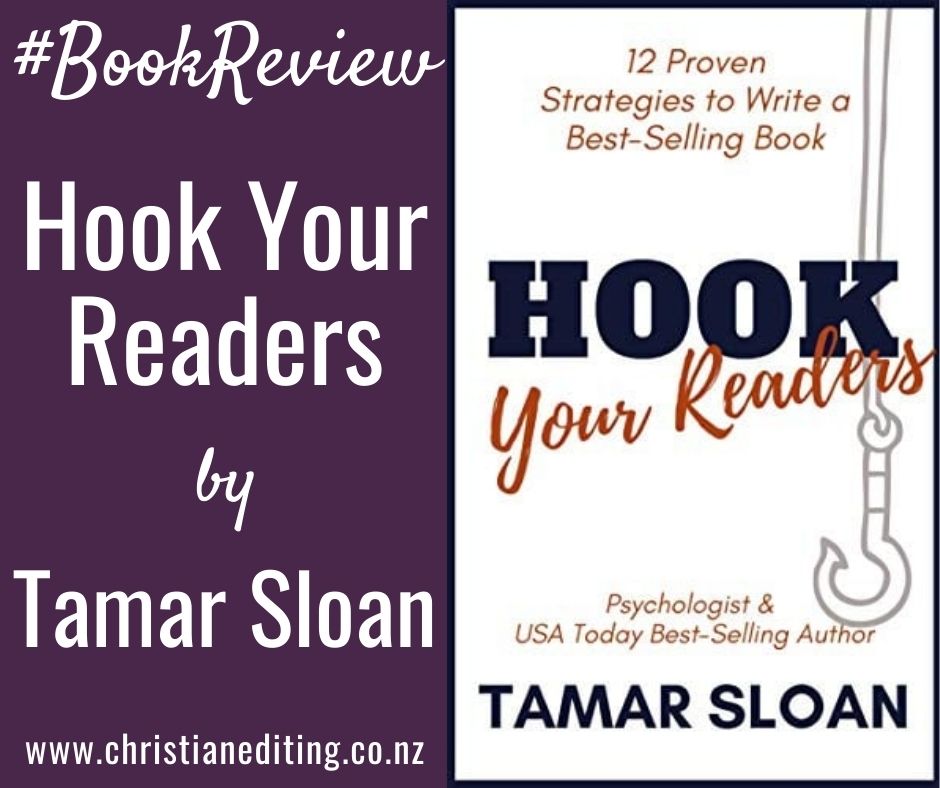A great hook is one of the keys of great fiction. In Hook Your Readers, Australian psychologist and author Tamar Sloan explains why the hook is essential and offers great tips on creating a compelling hook.
In it, she explains the importance of story to the human psyche (which Lisa Cron also addresses in Wired for Story), and discusses the key psychological components that make a book compelling. Sloan starts with the 1944 Heider and Simmel study. You can try this yourself if you’re not already familiar with it. (I wasn’t.)
Watch the short video below (it’s 72 seconds, and there isn’t any sound):
[youtube https://www.youtube.com/watch?v=sx7lBzHH7c8]
Now, describe what you saw.
Are you one of the less than 3% of participants who gave a subjective answer?
Or are you one of the 97% of participants who turned this into a story?
Anyway, back to Hook Your Readers. The book is structured in four sections:
- Why Readers Read
- Capture Curiosity
- Engage Emotion
- Craft Compelling Characters
Capturing Curiosity covers the importance of questions: consciously or subconsciously, readers want to seek out new information (which is why cliches are a bad idea). It shows why authors need to ask questions (and answer them, but not immediately), and to offer surprises.
Engaging Emotion encourages writers to create characters readers will care about, and to show that emotion. I’ve seen some of this information before (e.g. in Margie Lawson’s Body Language course), but there were still some new-to-me ideas.
The big idea was understanding that we don’t experience one emotion at a time, so we shouldn’t write that way either.
I subconsciously knew that, but hadn’t had it articulated in such a way before. It also explains why some emotion in fiction comes across as shallow: because the author is focusing on one emotion, not a complex range of sometimes conflicting emotions.
Craft Compelling Characters delves into the need for our characters to have a universal need (a goal, as described by Debra Dixon), perhaps derived from their emotional wound. That need should be something the reader can relate to (which taps into the idea of universal wants). Finally, great characters are exceptional in some way.
On that basis, Hook Your Readers is a solid writing craft book.
But what steps it up a level is the “Now It’s Your Turn” section at the end of each chapter, which includes three or four simple (or not-so-simple) questions to address in our own manuscripts.
It is a short book which is easy to read. However, the length means it doesn’t go into great detail about some of the topics.
If you would like more information on some of the specific topics raised in Hook Your Readers, I recommend:
- Wired for Story and Story Genius by Lisa Cron, which discusses the importance of a character’s backstory in creating the person they are on the page.
- Goal, Motivation, Conflict by Debra Dixon, which introduces the idea of characters needing to have a goal, a reason for wanting to achieve that goal, and something stopping them achieving it.
- The Emotion Thesaurus by Angela Ackerman and Becca Puglisi, which helps writers use body language to show emotion.
- The Emotional Wound Thesaurus by Angela Ackerman and Becca Puglisi, which helps writers understand character’s emotional wounds and how that might make them act.
- The Story Equation by Susan May Warren, which discusses the big question a novel has to answer.
- Also, Lawson Writers Academy has courses and lecture packets on Empowering Characters’ Emotions, and Writing Body Language and Dialogue Cues (as well as dozens of other excellent courses).
Overall, I recommend Hook Your Readers as a solid craft book for fiction writers.
You can read the introduction below:

